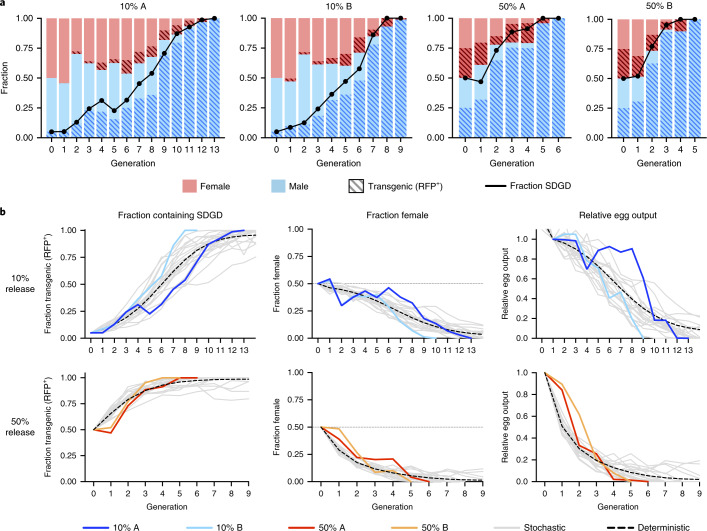Fig. 3. Kinetics of SDGDdsx spread in target mosquito populations.
The spread of SDGDdsx was investigated in two different experiments starting with an allelic frequency of 2.5% (10% male release) and 25% (50% male and female release), in replica (cage A and cage B). The 10% release cages were set up with a starting population of 300 wild-type females, 270 wild-type males and 30 SDGDdsx-heterozygous males. The 50% release cages were started with 150 wild-type females, 150 wild-type males, 150 SDGDdsx-heterozygous males and 150 SDGDdsx-heterozygous females (allelic frequency of 25%). Each consecutive generation was established by selecting 600 larvae. The frequency of the transgene (fraction of RFP+ individuals), the sex ratio (female/male) and the relative egg output (fraction of eggs produced relative to the first generation) were recorded at each generation. a, The bar plots represent the fraction of males and females (blue and pink shading, respectively) for each population, and the striped pattern shows the fraction of transgenic individuals. Black lines indicate the total fraction of individuals containing SDGDdsx (as a fraction of RFP+) individuals. b, The frequency of the transgene, the sex ratio and the relative egg output superimposed on both a deterministic model (black dashed lines) and 20 representative stochastic simulations (gray solid lines) of the dynamics of invasion of SDGDdsx based on release scenarios of 25% and 2.5% SDGDdsx allelic frequency. In 93% and 98% of the stochastic simulations (of 10,000 runs), the release of SDGD-heterozygous individuals at a starting frequency of 2.5% and 25%, respectively, is predicted to collapse the population within 30 generations. Dotted lines indicate the expected Mendelian distribution of sex. Fitness and life history parameter estimates are provided in Supplementary Table 2.

